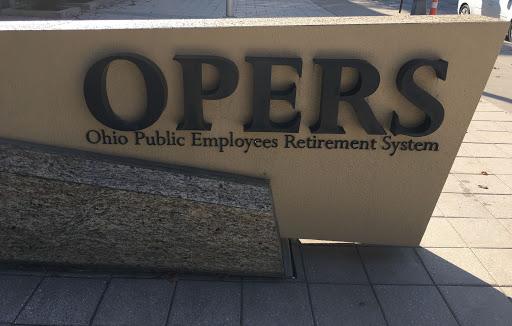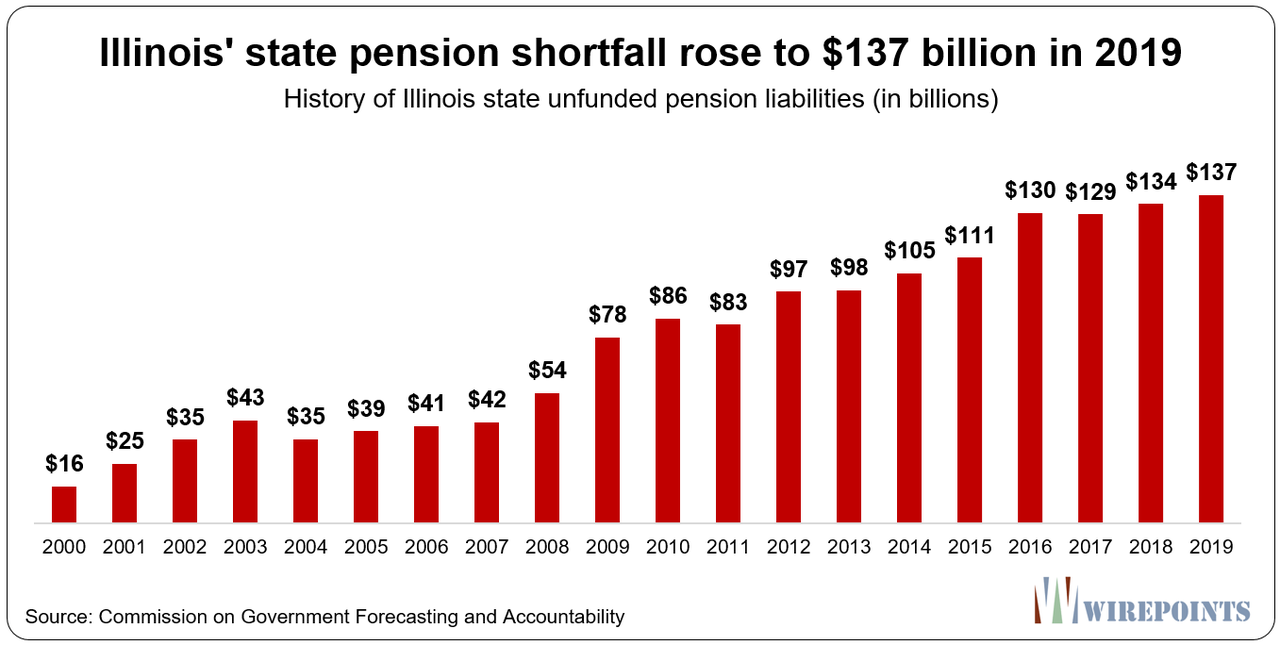Ohio Pension System Slashes Health-Care Benefits To Stave Off Insolvency
Pension-fund managers from across the US stopped to take note of an unsettling development in their industry, and perhaps thought to themselves: ‘There but for the grace of God go I’.
For the first time in years, a major public pension system has slashed benefits for retirees: The Ohio Public Employees’ Retirement System voted last week to cut health care benefits provided to the pension’s current and future retirees beginning in 2022 to try and prevent the fund from plunging into insolvency in the not-too-distant future.
It’s just the latest reminder that America’s ‘pension timebomb’ isn’t as far off into the future as many retirees, investors and public officials would like to believe.
According to Chief Investment Officer and the Bond Buyer, if these changes had not been enacted, the fund would run out of money in about 11 years, executive director Karen Carraher said during a board meeting. The measure passed by a 9-2 vote.
“There is no available funding for health care,” a report from the board said. “All of the employer contribution[s] must be allocated to pension funding until that funding improves. Based on current projections, no funding will be available for health care for 15 or more years.”
The vote, which was undertaken after polls showed members would be open to the changes to preserve their retirement benefits, eliminated the system’s group health-care plan and replaced it with stipends that will defray costs for members who purchase plans on the state ObamaCare exchange.
Beneficiaries will receive a wide variety of quantitative cuts, depending on their age of retirement, the year in which they retired, and the number of years working in the state. “Surveys indicate members willing to accept changes/reductions in health care in the interest of preserving it,” the board’s report said.
Nearly everyone in OPERS likely will be affected by these changes. The board’s vote constituted the elimination of the pension’s healthcare group plan, and replaced it with a stipend that will help supplement for some members the cost of a new healthcare plan on the marketplace.
“Pre-Medicare group plan is unsustainable for OPERS and members as risk core and costs continue to increase,” the report said. The board “needs to reduce the cost of health care to preserve current health care trust fund until such time funding can resume.”
“Our objective is to continue offering health care. To accomplish this, we need to implement changes that will extend the solvency of the health care trust fund,” the board’s report said.
Late last year, Capitol Weekly reported that CalPERS, the largest pension system in the country, confirmed that it’s still only about 70% funded, and released a letter to stakeholders explaining steps it would need to take to get to a more stable place.
As CW reminds us, it’s irresponsible management and policymaker – like bequeathing state employees with ever-more-lavish benefits when the tech boom left the fund (temporarily) at 128% funded.
Not mentioned is CalPERS dropping employer contributions to near zero for two years and sponsoring a state worker pension increase, SB 400 in 1999. Its generous Highway Patrol formula, adopted by local police and firefighters, is said by some to be unsustainable.
But during market downturns, the state is left on the hook as employers and employees see their contributions cut.
A CalPERS pamphlet told legislators SB 400 would not cost “a dime of additional taxpayer money.” State contributions expected to remain for a decade below the fiscal 1998-99 level, $766 million, actually turned out to be $3.9 billion in 2009 for various reasons.
This continues to this day. Despite the state’s new Democratic governor and his promises to fix the pension crisis, Illinois’ public pension systems’ aggregate unfunded liabilities for the year was $137 billion.
And with the coronavirus outbreak threatening to monkey hammer global growth, the failures of CalPERS, and pension systems in Illinois and New Jersey, among others, leave all of these funds vulnerable. They’re just one major investment loss away from their funding ratios dropping below 50%.
Tyler Durden
Thu, 02/06/2020 – 10:04
via ZeroHedge News https://ift.tt/3bgc7mr Tyler Durden

